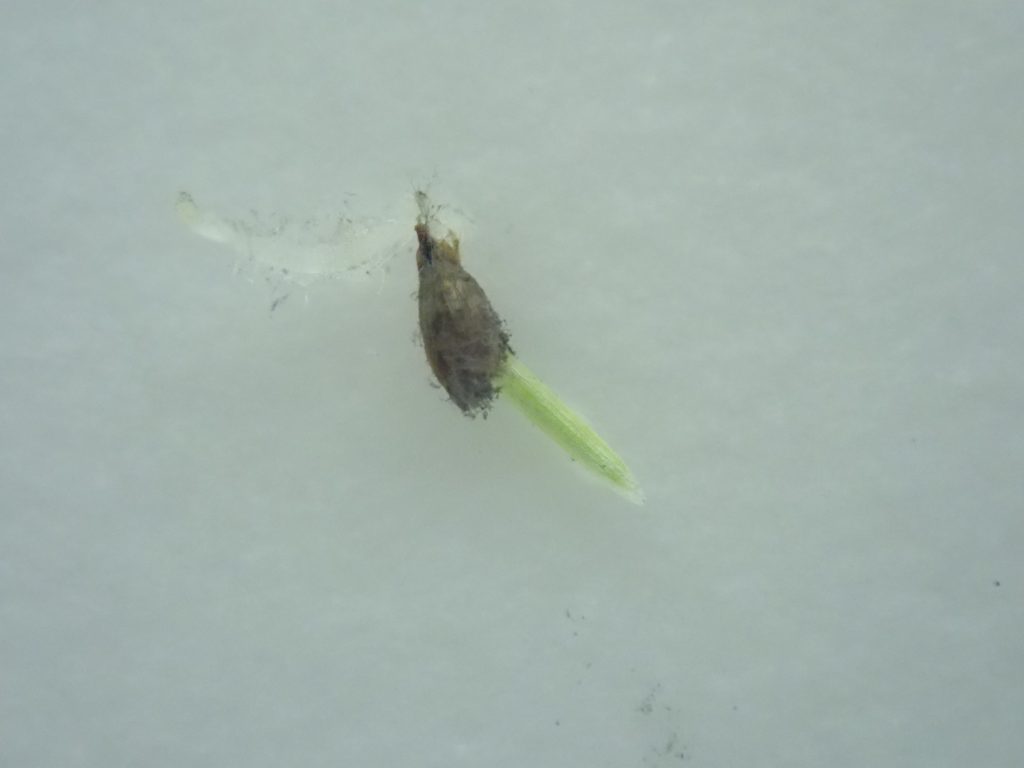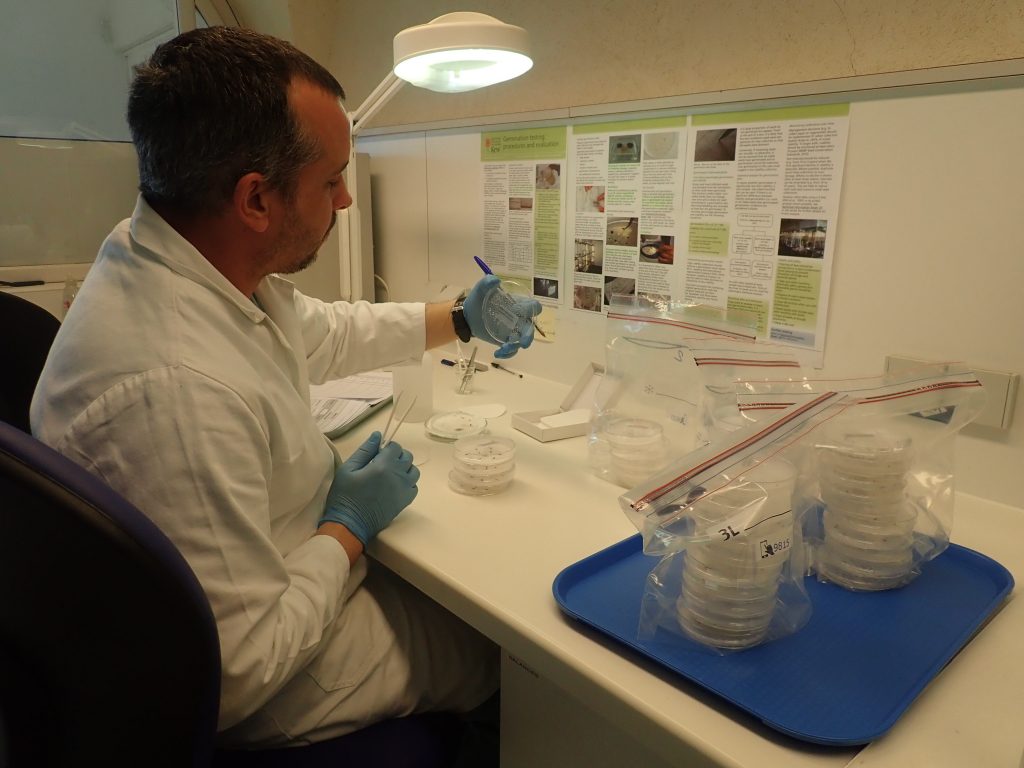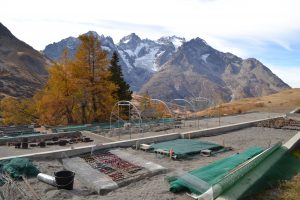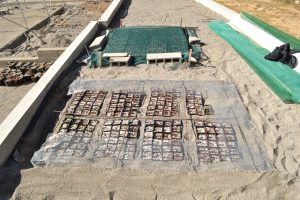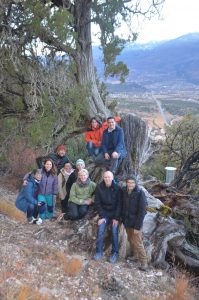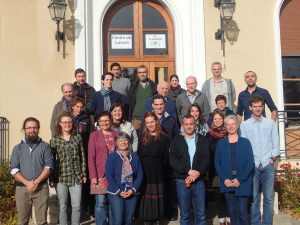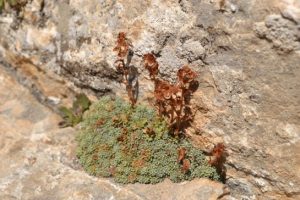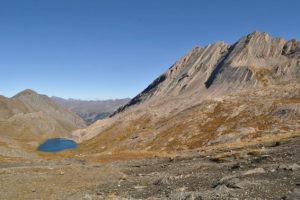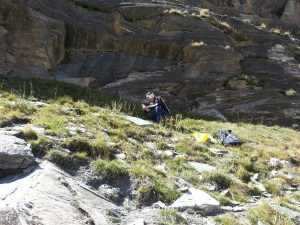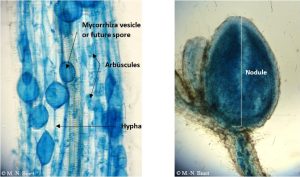Three years of seed collection
Three years after the establishment of the Alpine Seed Conservation and Research Network, it is time to take stock of these three seasons of seed collection. All the partners made a total of 687 collections, representing 597 different species, most of them endemic, endangered or/and protected. The initial goal of 500 species is reached!
Among these almost 600 species, “only” 206 are new to Millenium Seed Bank, but the recollection of the 391 species already present in the seed bank is also important. Having several batches of the same species in seed bank increase, of course, the number of seeds stored but also brings more genetic diversity.
Although the majority of the collections were made individually, they have also been moments of exchange between partners, especially during the project film shooting in Switzerland when we collected several species together.
Here are two collected species:
Berardia lanuginosa (Lam.) Fiori, 1904 (syn. Berardia subacaulis Vill. 1779)
The woolly berardia was described in 1779 under the name of Berardia subacaulis by Dominique Villars, French doctor and botanist (born very close to the Conservatoire Botanique National Alpin!). It is an herbaceous plant, of ancient origin, considered as relict of the subtropical flora which populated the Alps at the beginning of their formation. Belonging to the Asteraceae family (as dandelion and daisy), it has a large yellow flower head on a very short stem, surrounded by large oval leaves covered by a white-grey tomentum. It grows in full sun in the calcareous or siliceous earthy screes, between 1800 and 2600m.
The particular shape of its seed, with a crown of hard bristles, allows it to sink gradually into the soil taking advantage of the mechanical action of compaction/decompaction of the substrate following the phases of wetting/drying. Once the seed has reached the depth of soil at which moisture is constant, this mechanical action is stopped. The seed no longer sinks and germinates.
Protected in France, it is a southwestern alpine endemic species with a very restricted area in Italy and France.
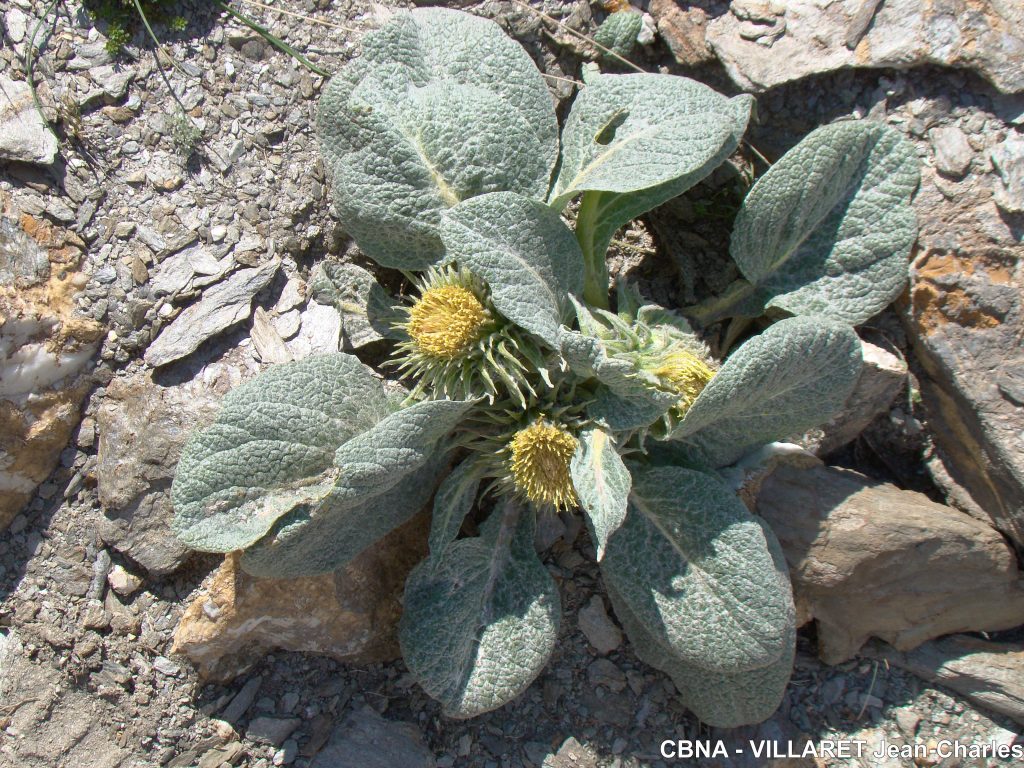
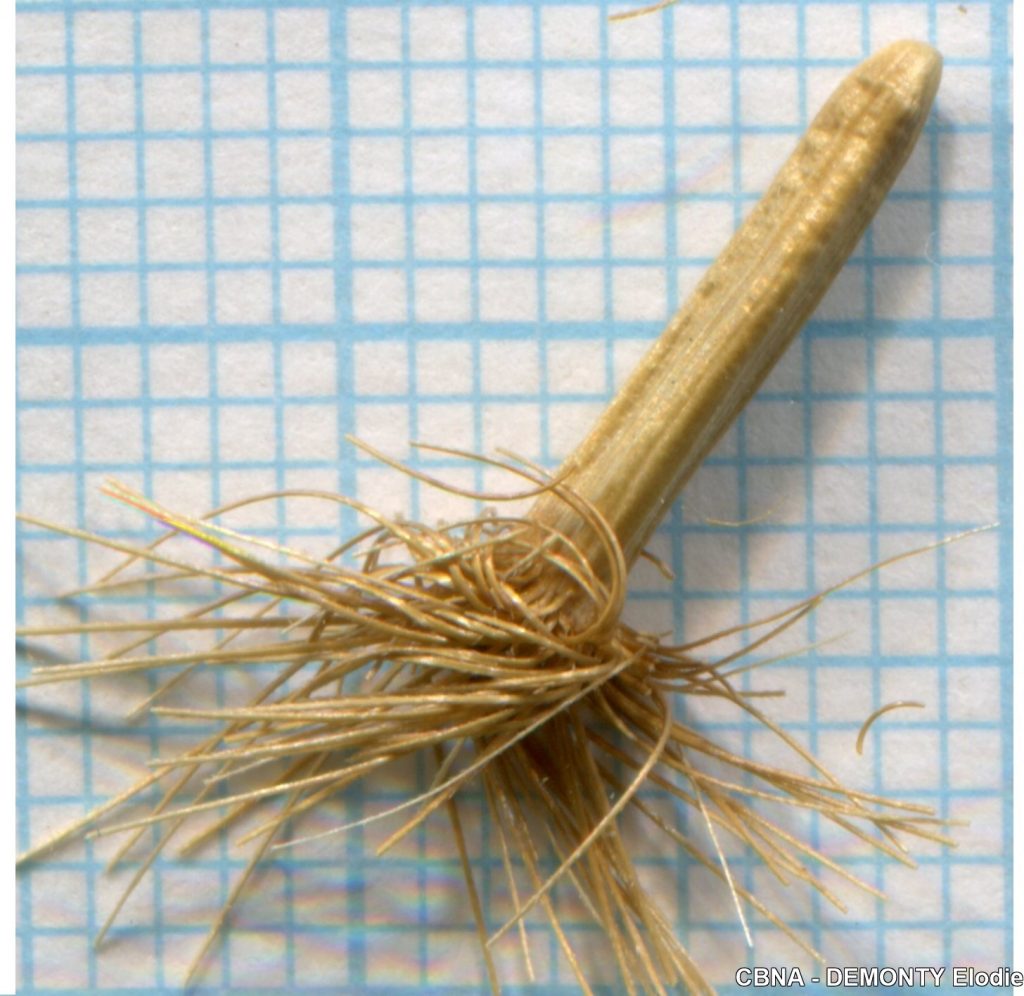
Hieracium chaixianum Arv.-Touv. & Gaut., 1902.
The Chaix’s hawkweed is a species belonging to the Asteraceae family such as dandelions. This species has been described by Casimir Arvet-Touvet, a botanist from Grenoble, and Gaston Gautier. In the 1880s, Arvet-Touvet specialized himself in the study of hawks (a difficult genre if any!) and described many species.
The Chaix’s hawkweed is an endemic species of the Dauphiné (French region) moutains where it is known on the slopes of Mount Aurouze. This species is dedicated to Dominique Chaix, botanist and abbot from a village near Mount Aurouze.
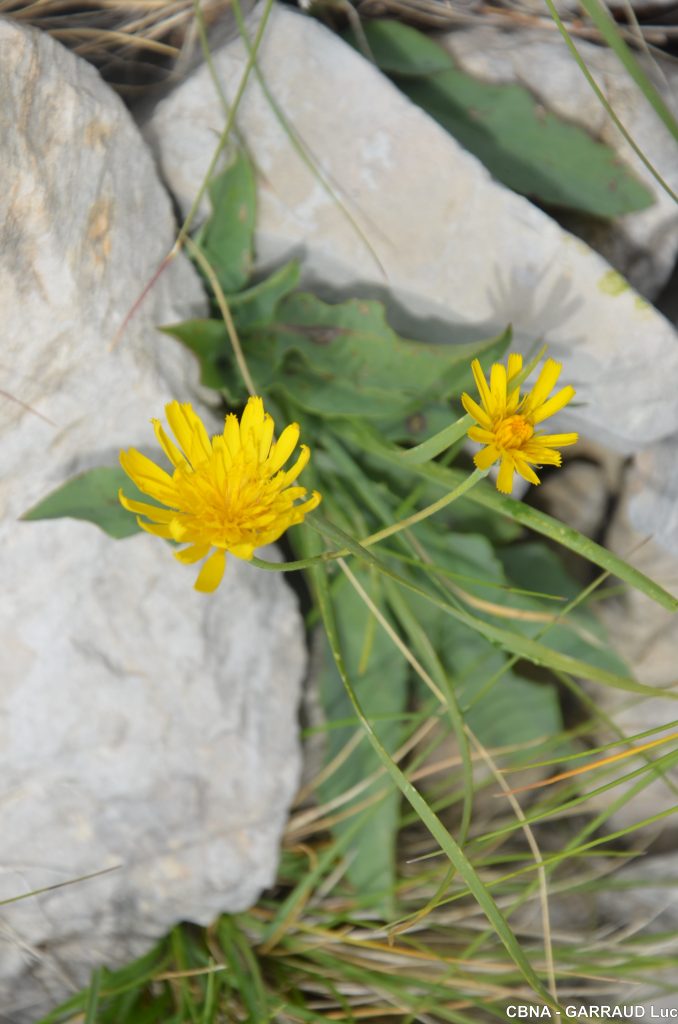
Time of germination tests
It is now the season to test the viability of seeds collected this summer. For each species, the optimal germination protocol is applied if known. Otherwise, a range of conditions (temperature, light or dark, scarification…) is applied to find an optimal germination protocol.
